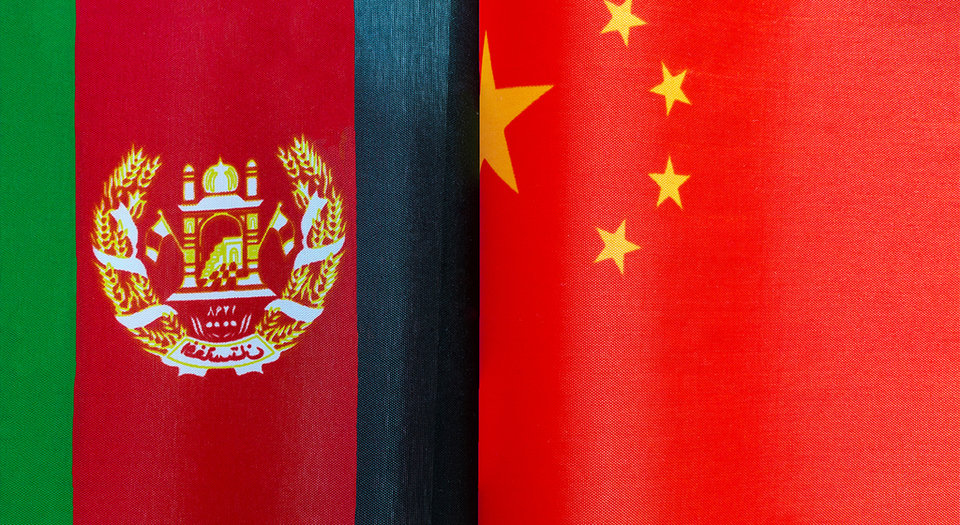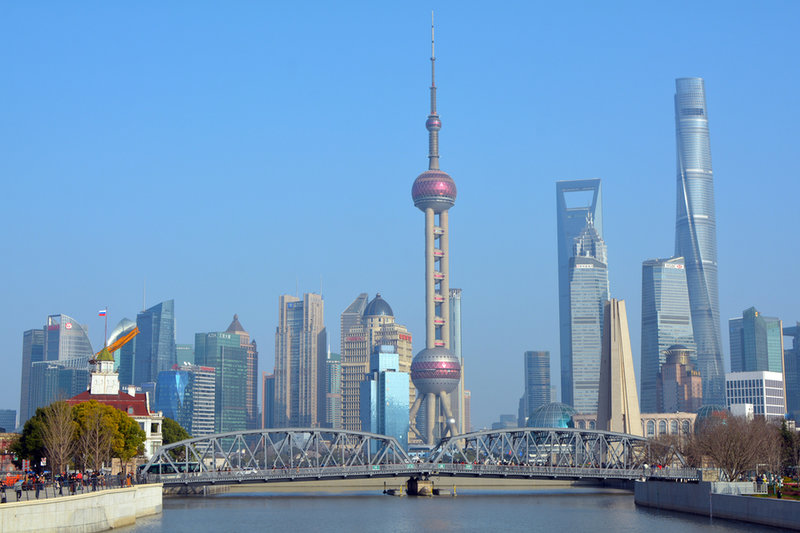
Geopolitics
China and the future of Afghanistan’s mineral wealth
The future of Afghanistan’s vast mineral wealth has oft been underreported. As the Taliban consolidate their grip on power, the future of these deposits come into question. Zachary Skidmore asks, with Western donors slashing aid budgets, could China emerge as a benefactor and an investment partner?
"T
he Taliban is now sitting on some of the most important strategic minerals in the world.”
That’s what Rod Schoonover, head of the ecological security program at the Center for Strategic Risks, told Quartz.
This statement highlights one of the most overlooked implications of the Taliban’s seizure of power in Afghanistan. The country is abundant in mineral resources, with the majority yet to be successfully developed or explored since the 1970s.
In a US Geological Survey (USGS) survey conducted between 2004-07, it was concluded that Afghanistan might hold 60 million metric tonnes of copper; 2.2 billion tonnes of iron ore; 1.4 million tonnes of rare earth elements such as lanthanum, cerium, neodymium; and veins of aluminium, gold, silver, zinc, mercury, and lithium. The value of these resources has been roughly estimated at $1-3tn.
As a result of the Taliban’s control of Afghanistan, foreign aid to the country is beginning to be slashed. For a country so heavily dependent on aid for the running of its public services, the Taliban must find alternative revenue streams to maintain their control of the country.
The development of their mining sector could prove critical in bridging this gap in their finances. Here, China looms large as a potential investor. China dominates the rare earth market, producing 120,000 tonnes, or 70% of total rare earths, in 2018, compared to the US, which mined 15,000 metric tonnes.
Clearly, there is an interest for them to secure these reserves. China has not been shy in dealing with non-democratic regimes, which indicates a readiness to fill the void of Western investment in return for access to some of Afghanistan’s richest mineral deposits.
Absence of aid
Since 2001, the Afghan Government has been highly reliant on foreign aid in all aspects of its public services. This caused an inertia to form within its manufacturing and industrial sectors.
"Foreign aid is about ten times or even more than the Taliban has been able to obtain from its own finances," said Vanda Felbab-Brown, an Afghanistan specialist at the Brookings Institution.
Western donors have responded to the Taliban’s takeover by limiting access and cutting aid funds. On Sunday, the Biden administration froze access to $9.4bn in reserve held in US bank accounts. The International Monetary Fund also suspended plans to distribute more than $400m in emergency reserves to the country.
Consequently, the potential for China to become the main foreign investor and benefactor becomes a real option. China has already shown an openness to support the Taliban in their reconstruction of the country but has yet to expressly indicate a strategy to begin to exploit Afghanistan’s resources.
Comments made in the state-run Global Times argued that China could “contribute to post-war reconstruction and development, pushing forward projects under the China-proposed Belt and Road Initiative”.

// Shanghai,China,march 14th 2021. Pudong skyline and waibaidu bridge seen from the zhapu road bridge. Credit: Dave Colman / Shutterstock.com
Opportunistic China
China is unlikely to be perturbed by the actions of the Taliban, as it usually doesn’t condition business on democratic principles, shown in the support of numerous kleptocrats across Asia and Africa.
Prior to the takeover, China’s Foreign Minister, Wang Yi, met a Taliban delegation in Beijing, leading Wang to call the Taliban "an important military and political force in Afghanistan".
China’s pre-emption, making sure that they reinforced a communication line to the Taliban leadership, demonstrates a clear interest in the region's future. This was reinforced after the fact, when a CCP spokesperson said that the Taliban stated “on multiple occasions” that it “looks forward to China’s participation in Afghanistan’s reconstruction and development”.
Beijing will hope to use this influence to encourage the Taliban to be attentive to China’s security concerns. This would allow China to begin, over time, to exploit Afghanistan’s rich mineral deposits and incorporate Afghanistan into its Belt and Road Initiative (BRI).
The New Silk Road
Afghanistan could very well be the next stop on the new silk road. As the main manufacturer for half of the world’s industrial goods, China has a major demand for commodities. The BRI is based on the principle of reciprocity: Chinese investment in return for control and development of Afghanistan’s resources by Chinese interests.
"Taliban control comes at a time when there is a supply crunch for these minerals for the foreseeable future and China needs them," Michael Tanchum, a senior fellow at the Austrian Institute for European and Security Policy, told DW. "China is already in position in Afghanistan to mine these minerals."
If the Taliban can provide adequate security conditions to provide China stable operating conditions, the potential is significant.
“Copper operations alone potentially could produce tens of billions of dollars of revenue, spurring the development of mining operations for other minerals in the country," said Tanchum.
The New Silk Road
However, China’s previous experience in the region may put them off from large scale investment, as previous projects have been plagued with persistent problems.
In 2008, a Chinese company won a 30-year lease to develop a copper mine at Mes Aynak in Logar province. The mine was estimated to have the world’s second-largest copper deposit, valued at $50bn. However, the abject lack of infrastructure led to minimal progress on the project.
Afghanistan’s landlocked nature and lack of infrastructure to transport and process the minerals means that massive investment is required to even begin to exploit these deposits, with the establishment of supply lines in and out of the country proving incredibly difficult.
The lack of modern infrastructure could severely hamper mining operations within Afghanistan in the short term. Hans-Jakob Schindler, senior director at the Counter Extremism Project, voiced scepticism at the Taliban’s ability to use the minerals to grow the economy, stating: "These resources were in the ground in the 90s too and they [the Taliban] weren't able to extract them."
Additionally, due to the region’s propensity for political instability, China investing vast sums of capital may backfire, leading to half-developed projects disrupted by civil conflict. Security in the region will not improve overnight and corruption will likely continue to hinder foreign investment projects.
Here, the spectre of foreign aid arises. John Sopko, the special inspector general for Afghanistan reconstruction, told Reuters that 80% of the country’s budget comes from aid and without it the country would collapse into further chaos. “Even the Taliban recognises they really need foreign support,” said Sopko. “Without it, the government falls.”
// Main image: Fragments of the national flags of Afghanistan and China close up.
Credit: nau2018 / Shutterstock.com